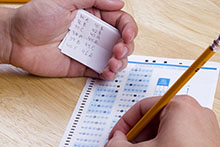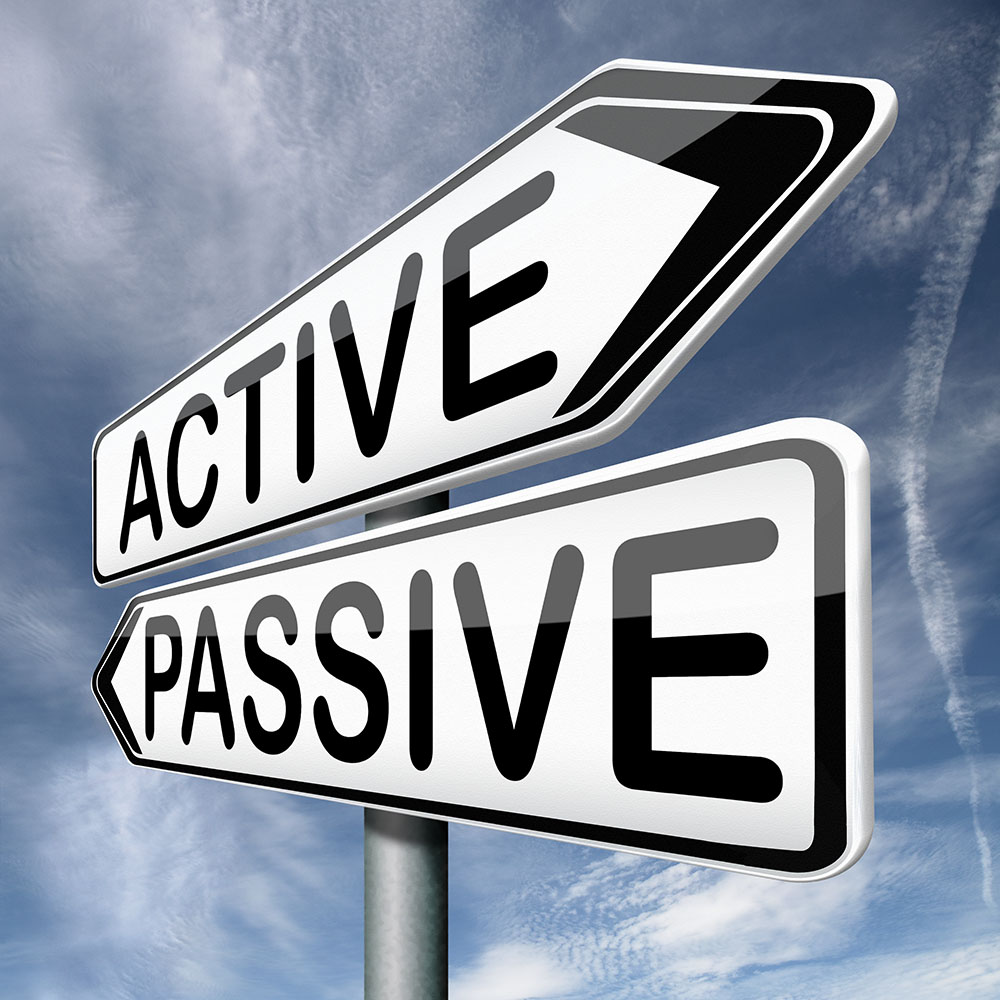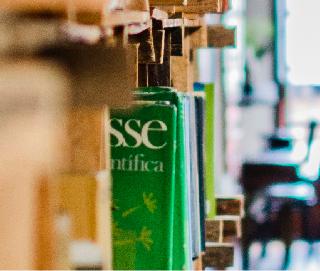The blank page is terrifying. However, even more terrifying are the consequences of plagiarism and cheating. Here’s a brief non-comprehensive history of plagiarism and cheating and their consequences.
1938 - Henry Ford’s grandson paid a fellow student to write a paper for him. Yale expelled him. He never earned a degree.
1994 - Eighty-six cadets at the U.S. Naval Academy in Annapolis cheated on an electrical engineering exam. The Academy expelled twenty-four (the Navy also booted them). The rest had leave privileges revoked for a year.
2002 - Forty-eight students submitted the same essay over a five-year period in an introductory physics class at the University of Virginia. The University expelled forty-five and revoked the degrees of the three others, who had already graduated.
2007 - Thirty-four MBA students at Duke cheated on a take-home exam. Duke expelled nine, suspended fifteen for a year and failed them (course grade), and failed ten (nine on the course grade and one on the exam grade).
Note: Four have been exonerated, but Duke has not said which.
2007 - Thirty-six Indiana School of Dentistry students gained access to questions they would face on an upcoming test. The School expelled nine, suspended six for a year, and gave twenty-one letters of reprimand.
2012 - Fareed Zakaria, a journalist for Time and CNN, plagiarized a paragraph from the New Yorker. He faced a week suspension and almost lost both jobs. He will now be remembered as a cheater.
2013 - One hundred and twenty students cheated on a series of English quizzes using cell phones. They will all fail. Barnard may also expel them.
2014 - Montana Democratic Senator John Walsh withdrew from a Senate race after the media discovered that he had plagiarized parts of a graduate school paper.
Clearly colleges, employers, the media, and the public take plagiarism very seriously. One small mistake when you are young can have repercussions way down the line and ruin your career and reputation.
the media, and the public take plagiarism very seriously. One small mistake when you are young can have repercussions way down the line and ruin your career and reputation.
Editing and proofreading services can help. Upon request, editors will examine your writing for plagiarism. But what do you do then? How can you use the information without committing academic or professional dishonesty?
You must cite the source. Then you have two options.
1. Use direct quotation.
Shorten the quotation as much as possible using ellipses (…) to indicate places you have omitted words and use quotation marks.
2. Paraphrase.
This is tricky. Writers often take a quote and swap out a few words. That is still plagiarism.
You need to read and understand the ideas expressed. Break the quotation down into smaller ideas. Then try to extract the main idea. Put THAT in your own words using a completely different sentence structure.
If the original author uses details or examples to illustrate, do not use them. Try to come up with your own. Even if your wording is less elegant and your examples less apt, readers will prefer them. They want your perspective of a topic and the details or examples you come up with. Give the information a new spin.
 1-855-974-4102
1-855-974-4102 020 8133 5221
020 8133 5221 (02) 8005 0351
(02) 8005 0351 27(0)11083 8657
27(0)11083 8657 +852 8175 8187
+852 8175 8187 1-855-974-4102
1-855-974-4102














